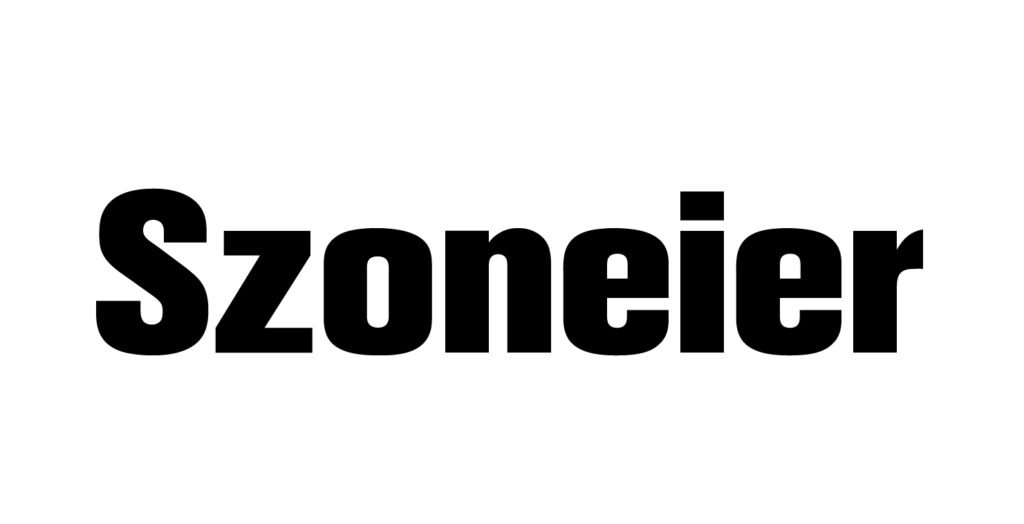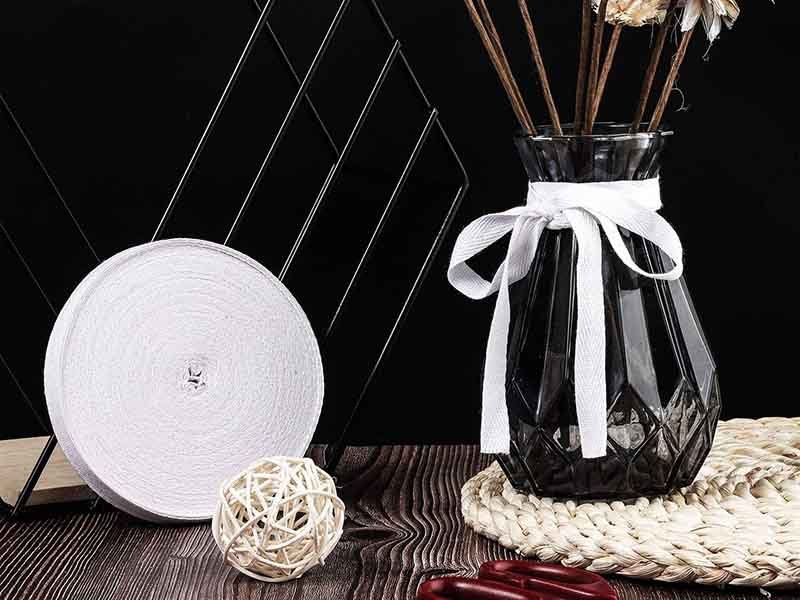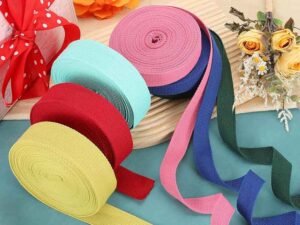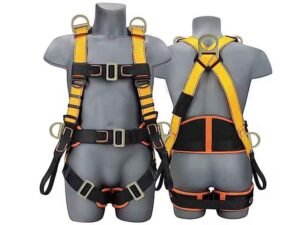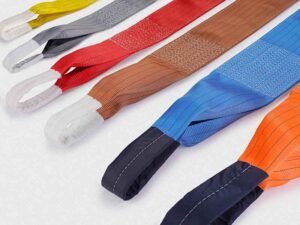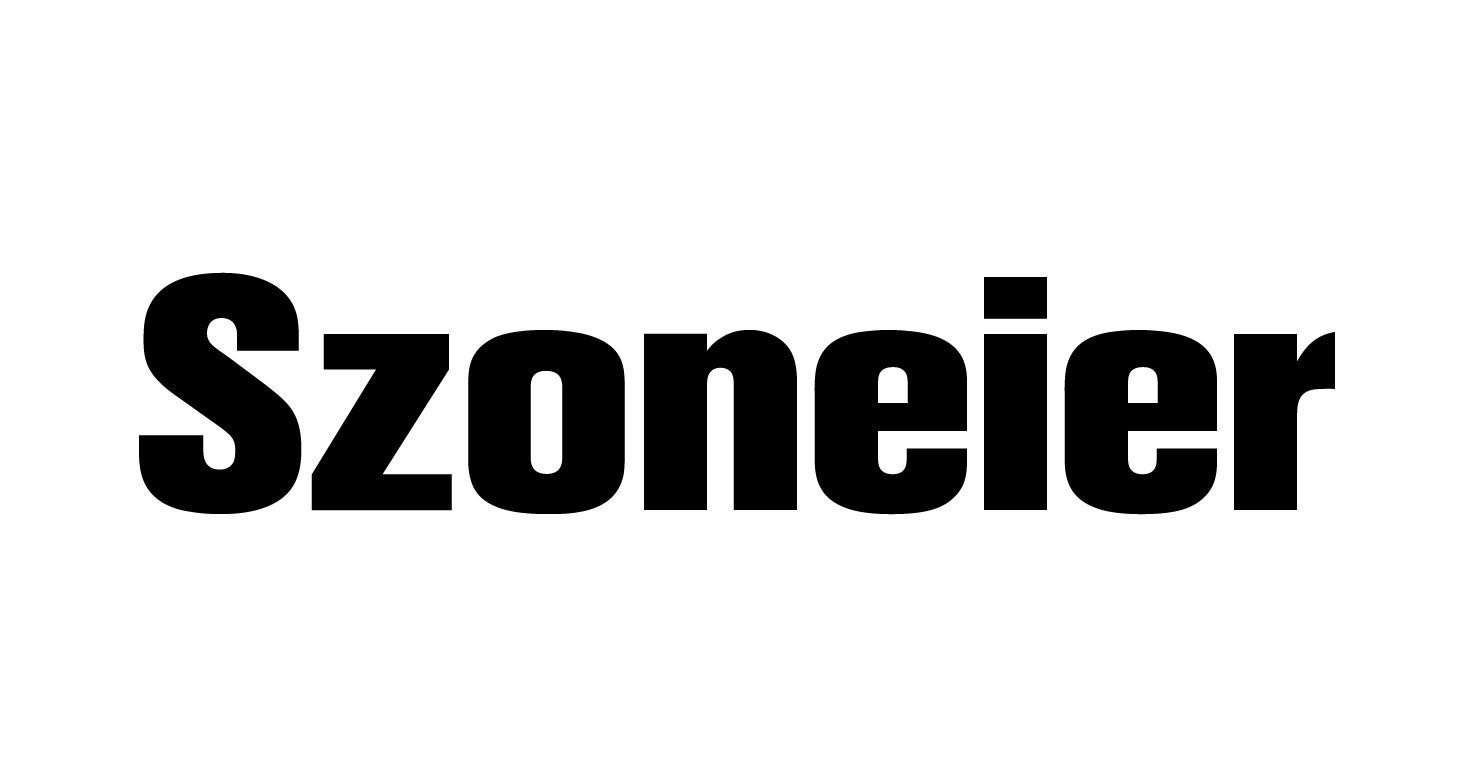In the world of textile manufacturing, the terms “webbing” and “tape” are often used interchangeably—but they are not the same thing. Whether you’re developing outdoor gear, pet accessories, safety equipment, or lifestyle products, knowing the distinction between these two narrow fabric types can help you choose the right material that supports both function and aesthetics. From thickness and tensile strength to finishing and branding potential, webbing and tape serve very different roles in design and production.
The main difference between webbing and tape lies in their construction and application. Webbing is thicker, stronger, and used for load-bearing purposes like straps and harnesses. Tape is thinner and more flexible, often used for binding, edging, or decorative accents. Both can be made from nylon, polyester, cotton, or polypropylene, but webbing supports structural roles while tape enhances form and function with lighter-duty tasks.
At Szoneier, we’ve spent over 18 years helping global clients understand these subtle but critical material choices. One of our clients—a new outdoor gear brand—was using decorative cotton tape where durable webbing was needed, leading to premature tearing in their product line. After switching to our customized nylon webbing, not only did durability improve, but they were able to add jacquard logos and UV resistance features for branding and function in one. This kind of insight can save time, money, and reputation. So let’s dive in and explore these differences in full detail.
What Are Webbing and Tape in the Context of Textile Manufacturing?
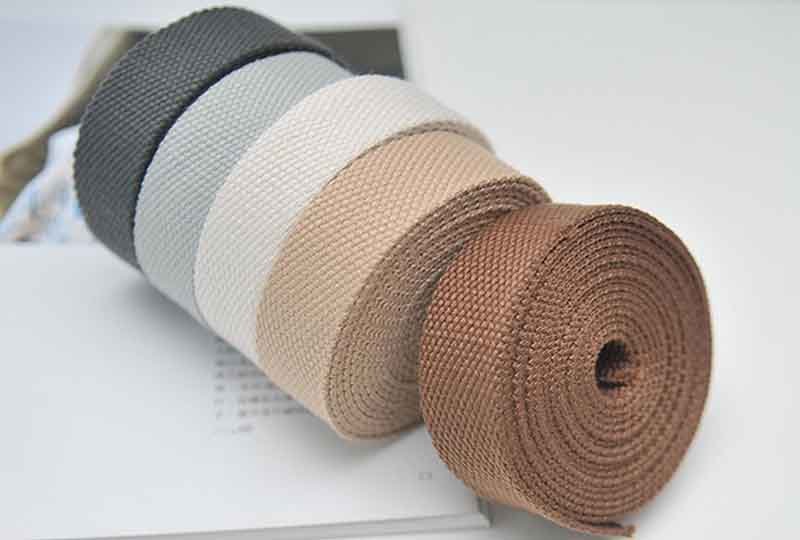
Webbing and tape are both narrow woven fabrics, but webbing is thicker, stronger, and used for structural functions, while tape is flatter and used for finishing or decorative applications.
Both webbing and tape belong to the broader category of “narrow fabrics,” typically defined by their width being significantly smaller than their length. However, their similarities stop there. Webbing is usually designed to bear weight, resist tension, or offer support in industrial, outdoor, or safety contexts. You’ll find it in seat belts, dog leashes, fall protection harnesses, and backpack straps. On the other hand, tape is most often used to bind, edge, wrap, or decorate. Examples include bias tape for clothing, hook-and-loop tape for fasteners, or flat cotton tape for medical applications.
From a production standpoint, webbing requires heavier machinery and specialized looms that can handle thicker yarns and complex weaves. Tape can often be made using simpler weaving or knitting processes and doesn’t usually require tensile testing. For brands that prioritize load-bearing strength, such as military suppliers or pet harness manufacturers, webbing is a necessity. Tape, however, finds its sweet spot in apparel, soft goods, packaging, and trim applications.
Table: Basic Comparison of Webbing vs. Tape
| Attribute | Webbing | Tape |
|---|---|---|
| Thickness | Thicker, multi-layered | Thin, single-layer |
| Tensile Strength | High, used for load-bearing | Low to medium, decorative or binding |
| Materials Used | Nylon, Polyester, PP, Cotton | Cotton, Nylon, Polyester |
| Applications | Belts, straps, harnesses | Garment binding, labels, trim |
| Customization | Jacquard, reflective, UV coating | Printed, dyed, edge-finished |
| Common Weaves | Plain, tubular, herringbone | Plain, satin, twill |
By knowing which category your intended use falls under, you’ll save both development cost and production time.
How Do Webbing and Tape Differ in Material Composition?
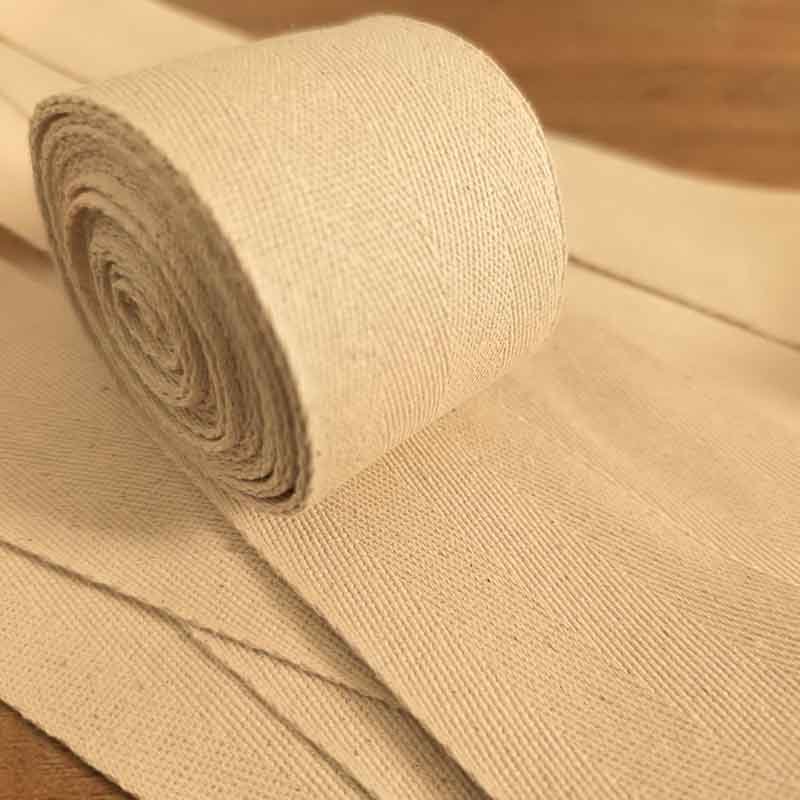
Webbing uses strong, durable materials like nylon and polyester for structural purposes, while tape is often made from lighter fibers like cotton or thinner synthetic blends for flexibility and softness.
The choice of material is not just about availability—it’s about performance. Webbing often needs to withstand tensile loads, friction, environmental exposure, or safety standards, so it’s typically woven from:
- Nylon – High elasticity and strength; ideal for safety gear and dog leashes
- Polyester – UV and abrasion resistant; preferred for outdoor applications
- Polypropylene (PP) – Water-resistant and lightweight; common in budget-conscious or disposable products
- Cotton – Biodegradable, soft, and natural-feeling; great for fashion and eco lines
Tape, conversely, tends to focus on form, lightness, and compatibility with garment or medical items. It may include:
- Lightweight cotton – Used in fashion trims and bias binding
- Polyester blends – Used in heat-sealed edges or hook-and-loop strips
- Elastic blends – For stretchable medical and sports tapes
Let’s take an example. Suppose a client is producing fashion belts that need both strength and a polished look. Polyester webbing with a soft-touch finish would serve the dual purpose, offering strength while staying smooth against the skin. But if the same brand needs a garment label or edge trim, cotton tape would be more economical and soft enough for direct skin contact.
Visual Comparison Table: Common Materials in Webbing vs Tape
| Material Type | Used in Webbing | Used in Tape | Key Benefits |
|---|---|---|---|
| Nylon | ✅ | ✅ | Strong, elastic, abrasion-resistant |
| Polyester | ✅ | ✅ | UV stable, cost-effective, printable |
| Polypropylene | ✅ | 🚫 | Lightweight, water-repellent |
| Cotton | ✅ (limited use) | ✅ | Eco-friendly, breathable |
| RPET (Recycled) | ✅ | ✅ | Sustainable alternative |
This material-centric decision-making is where Szoneier’s team adds strategic value. We don’t just sell webbing—we guide clients on the best combination of yarn, weave, and finish to meet their exact brand requirements.
Which Industries Commonly Use Webbing and Which Use Tape?
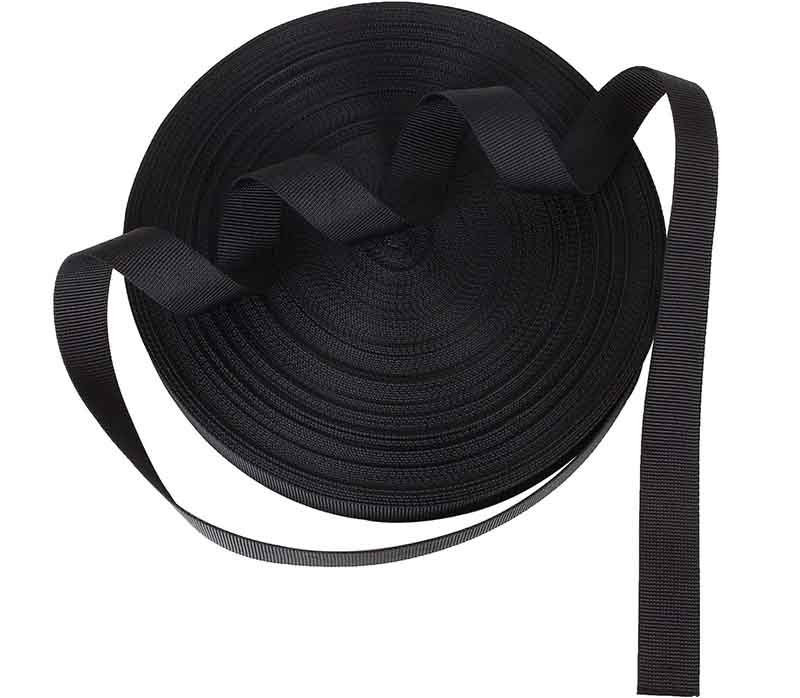
Webbing is commonly used in industries requiring strength and durability, such as outdoor gear, safety equipment, and luggage. Tape is used in fashion, medical, and packaging sectors for light-duty binding and aesthetics.
Understanding where and how webbing and tape are used across industries helps you match function with material. Here’s a breakdown of the sectors that rely on each:
Industries that Use Webbing:
- Outdoor & Sporting Goods: Nylon or polyester webbing is crucial in backpacks, camping chairs, tents, and climbing harnesses. It must withstand tension, UV exposure, and water.
- Military & Tactical Equipment: Military webbing—especially MIL-SPEC grade—is essential for vests, belts, gear attachment systems (e.g., MOLLE), and slings.
- Safety Gear & PPE: Fall protection harnesses, seat belts, and firefighter equipment use high-tensile polyester or Kevlar webbing, often with flame resistance and reflective treatments.
- Luggage & Bags: Handles and shoulder straps require durable webbing that doesn’t fray or stretch, while jacquard webbing allows brand logos.
- Pet Accessories: Leashes, collars, and harnesses rely on webbing that’s chew-resistant, washable, and secure.
- Automotive & Transport: Load restraint systems, tie-downs, and cargo nets feature heavy-duty polyester webbing.
Industries that Use Tape:
- Apparel & Fashion: Bias tape, grosgrain tape, or satin tape is used for trims, seam finishes, labels, and decorative lines on garments.
- Medical & Orthopedic: Elastic or cotton tapes are applied in braces, bandaging, or orthopedic wraps where softness and breathability are key.
- Home Textiles & Upholstery: Tapes finish raw fabric edges or serve as visual design elements in cushions, curtains, and furniture coverings.
- Packaging & Stationery: Fabric tapes are sometimes used in gift wrap, branding straps, or eco-friendly packaging bands.
- Shoe and Accessories Manufacturing: Narrow cotton or woven polyester tape is often inserted into linings, used as heel loops, or integrated into sneaker eyelet rows.
Industry Usage Table:
| Industry | Webbing Use | Tape Use |
|---|---|---|
| Outdoor Gear | Straps, harnesses, tent support | Decorative edging, tabs |
| Apparel & Fashion | Belts, bag straps | Labels, seams, bias binding |
| Medical Products | Orthopedic straps | Elastic tapes for bandages |
| Automotive | Cargo ties, seat belts | Trim finish in seats |
| Military/Tactical | Vest, belt, sling systems | Uniform embellishments |
| Packaging | Load straps | Branding ribbons, eco ties |
Szoneier has worked across all these sectors. For example, one European hospital supplier requested antimicrobial cotton tape for medical gowns—while a tactical gear client ordered 10,000 meters of MIL-SPEC nylon webbing with infrared suppression coatings. Both requests were fulfilled with custom specs, fast delivery, and free sampling.
Do Webbing and Tape Have Different Strength and Durability Ratings?
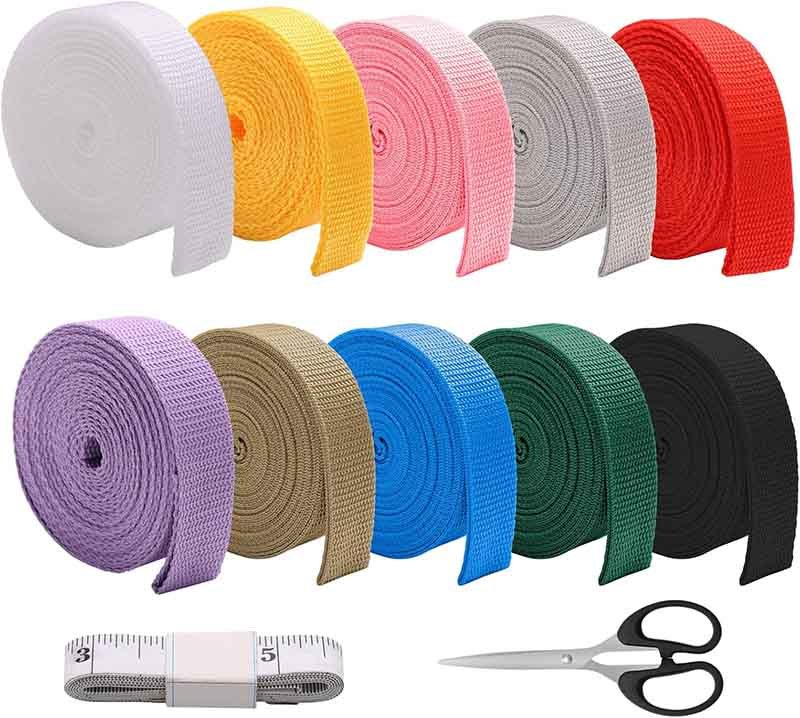
Yes. Webbing is engineered for strength and durability in demanding environments, while tape typically serves lighter, non-load-bearing purposes and is not designed to withstand significant stress.
The strength of a textile product isn’t just about how tightly it’s woven—it’s a mix of material type, weave structure, fiber density (Dtex or Denier), and tensile testing. Webbing, being the workhorse of narrow fabrics, is often tested to meet specific breaking strength standards.
Webbing Performance Metrics:
| Webbing Type | Typical Tensile Strength | Ideal Use Case |
|---|---|---|
| Nylon Webbing | 4,000–6,000 lbs per inch width | Fall protection, climbing |
| Polyester Webbing | 5,000+ lbs per inch width | Cargo tie-downs, outdoor applications |
| PP Webbing | 600–1,200 lbs | Lightweight utility straps |
| Cotton Webbing | ~500 lbs | Fashion, lifestyle items |
In contrast, tape products—unless specifically designed for performance—are usually not rated for tensile strength. Their durability is measured more in terms of abrasion resistance, washability, color fastness, or elastic recovery.
Durability Features Comparison:
| Feature | Webbing | Tape |
|---|---|---|
| Load-bearing capacity | ✅ High | 🚫 Low |
| Abrasion resistance | ✅ High | ✅ Medium |
| UV Resistance (Polyester) | ✅ Strong | 🚫 Usually uncoated |
| Washability | ✅ Strong | ✅ Medium |
| Fire-retardant options | ✅ Available (e.g., Aramid) | 🚫 Rare |
| Custom tensile testing | ✅ Often provided by supplier | 🚫 Not applicable |
A good rule of thumb is: if your product will bear weight, withstand pull force, or be used in rough outdoor conditions, webbing is your best bet. If it’s for visual detailing, soft support, or garment trim, tape is more suitable.
At Szoneier, every webbing roll undergoes tensile testing and QC inspection—especially for clients in safety and performance-driven sectors. You’ll receive technical datasheets, breaking strength charts, and even third-party lab results if needed. That’s the kind of transparency and assurance serious buyers demand.
What Weaving Techniques Are Used for Webbing vs. Tape?
Webbing is woven using dense, structured techniques like plain, twill, or tubular weaves to enhance strength. Tape, on the other hand, often uses flat, simple weaves for softness and flexibility.
Weaving technique is not just a design choice—it directly affects the strength, feel, and customizability of narrow fabric. At a technical level, webbing is engineered to carry load and resist abrasion, while tape is intended to lie flat, curve easily, and support finishes.
Let’s take a closer look at the main weaving techniques used in each:
Common Weaving Styles for Webbing:
| Weave Type | Description | Benefits |
|---|---|---|
| Plain Weave | Tight crisscross (over-under) yarn structure | High strength, consistent surface |
| Twill Weave | Diagonal lines created by offsetting yarns | More flexible, resistant to wrinkles |
| Tubular Weave | Hollow or double-layer construction | Used in climbing slings and harnesses |
| Jacquard Weave | Complex programmable pattern designs | Enables logos, symbols, multicolor art |
Tubular webbing, for example, is often preferred in climbing and military gear because it’s hollow yet extremely strong. Jacquard webbing, on the other hand, is a designer’s dream—allowing woven-in branding without additional printing or stitching.
Common Weaving Styles for Tape:
| Weave Type | Description | Benefits |
|---|---|---|
| Plain Weave | Flat and simple over-under pattern | Clean surface, easy to fold |
| Satin Weave | Fewer interlacings, more float threads | Smooth, shiny appearance |
| Twill Tape | Light twill pattern for gentle curves | Flexible and commonly used in sewing |
| Knitted Tape | Not woven but knitted; stretchy | Ideal for soft trims and stretch zones |
Tape weaving focuses on appearance, drape, and comfort. It’s also more forgiving when it comes to curves—especially important in garments or accessories. A tape can be as thin as 0.2mm and still hold a straight line along the edge of a jacket or the base of a bag.
Critical Thinking: Why Weave Choice Matters
Most sourcing mistakes happen not in material, but in construction. We’ve seen brands order soft flat tape for gear straps, only to discover that the material rolls or snaps under tension. Conversely, bulky webbing in clothing applications can create discomfort and poor fit.
Example:
A Korean handbag designer once asked Szoneier for cotton webbing straps. After sample testing, the bags felt too stiff. We switched to satin-woven cotton tape with a padded core—retaining strength while improving hand-feel and flexibility. The designer ended up winning two craft awards for product excellence.
The weave is the soul of narrow fabric—it determines more than just looks.
Are Customization Options Different for Webbing and Tape?
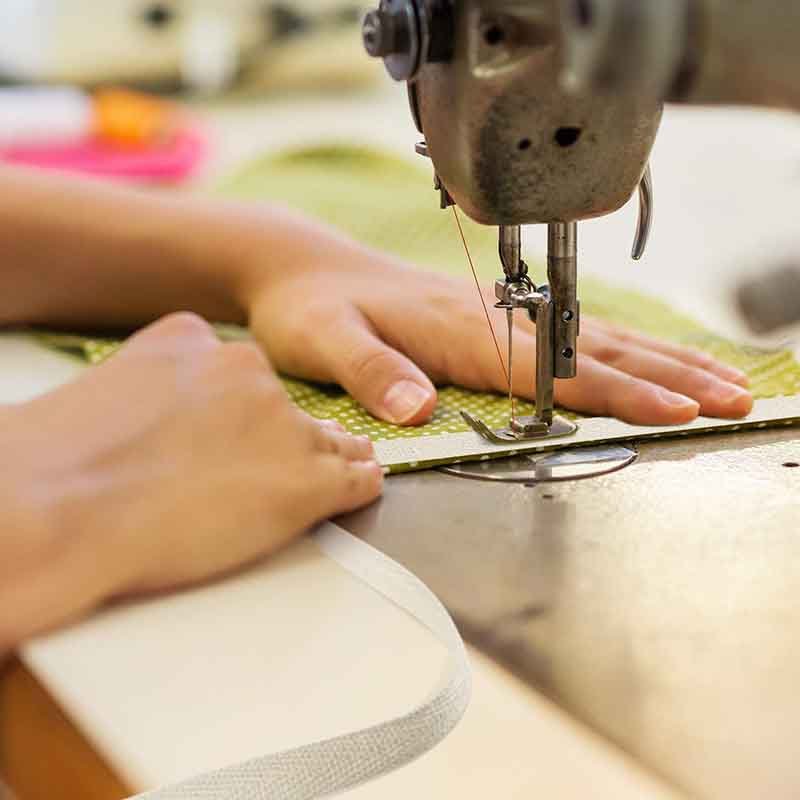
Yes. Webbing offers advanced customization like jacquard logos, reflective threads, flame-retardant coatings, and UV resistance. Tape customization focuses more on color, texture, printing, and softness.
Customization is often what turns a basic component into a brand signature. For both tape and webbing, Szoneier provides full OEM and private label capabilities. But the range of possibilities differs greatly.
Customization Options for Webbing:
| Option Type | Description |
|---|---|
| Jacquard Woven Logos | Logos woven into the structure itself |
| Reflective Yarn | Adds visibility for outdoor/night-use products |
| Fire-Retardant Coating | Essential for workwear and PPE applications |
| Anti-slip Backing | Silicone dots or patterns for grip |
| UV Protection | Prevents fading/disintegration from sun exposure |
| Color Dyeing | Pantone-matched solid colors with fade resistance |
| Embossed Surface | For unique tactile branding or patterns |
These customizations serve both functional and aesthetic purposes. Reflective webbing, for instance, is common in dog harnesses and tactical gear. Jacquard logos are favored by premium bag brands and automotive companies.
Customization Options for Tape:
| Option Type | Description |
|---|---|
| Screen Printing | Custom logos or messages applied on surface |
| Heat Transfer Labels | Printed branding fused via heat press |
| Edge Folding/Finishing | Prevents fraying and sharp edges |
| Elastic Integration | Adds stretchability for medical or sportswear use |
| Soft-touch Coatings | Improves comfort when in contact with skin |
| Cut-to-Length Service | Precision cuts for ready-to-apply applications |
Tape is all about fine detail. For example, garment brands may use printed cotton tape as an inside waistband detail. Szoneier helps brands pre-cut tape pieces to avoid wastage and improve production flow.
Real-World Case: Fashion vs Industrial Brand
A German luxury fashion label ordered 2,000 meters of satin cotton tape with gold foil printing for limited-edition packaging. Meanwhile, a US-based workwear company requested high-tenacity polyester webbing with flame-resistant finish for tool belts. Same manufacturer (Szoneier), but completely different processes, looms, and finishing treatments.
That’s the beauty of custom OEM: one factory, infinite brand identities.
How Do You Choose Between Webbing and Tape for Your Product Design?
Choosing between webbing and tape depends on your product’s function, strength requirements, flexibility needs, visual design, and end-user expectations. Webbing is for strength; tape is for finesse.
Whether you’re designing a tactical harness, a tote bag, or a yoga strap, choosing between webbing and tape is not a stylistic decision—it’s a strategic one. A wrong choice can lead to product failure, user discomfort, or unnecessary production costs.
Ask Yourself These Questions:
- Is the material expected to carry weight or tension? If yes, webbing (especially nylon or polyester) is the safe choice.
- Will it be exposed to harsh outdoor environments? Opt for UV-resistant polyester webbing with possible coatings.
- Is softness and comfort against skin a priority? Cotton tape or satin tape would be a better fit for fashion or medical products.
- Are you adding branding or design aesthetics? Use jacquard for webbing or printing for tape.
- Do you need stretch or curve conformity? Choose elastic or bias-cut tape over rigid webbing.
Design Use Case Comparison:
| Product Type | Best Choice | Why? |
|---|---|---|
| Backpack Strap | Webbing (polyester) | Load-bearing, durable, customizable |
| Pet Collar | Webbing (nylon) | High strength, safe for pets |
| Jacket Edge Trim | Tape (cotton/satin) | Soft finish, non-load bearing |
| Yoga Mat Strap | Webbing | Strong, stretch-resistant, washable |
| Medical Band | Elastic tape | Breathable, skin-friendly, flexible |
| Waist Belt (Fashion) | Webbing (cotton) | Comfortable, structural, design flexibility |
Szoneier Design Consultation Insight:
At Szoneier, many clients bring us rough product sketches or visual inspiration without knowing what material fits best. We offer one-on-one consultation to recommend not just the right fiber—but the right weave, coating, branding option, and even cutting method.
We recently helped a startup design a kids’ backpack line. They wanted vibrant colors, strength, and softness. We suggested dyed cotton webbing with rounded edges, combining the strength of webbing with a soft aesthetic. The results? Increased product durability and glowing customer reviews.
Is MOQ, Sampling Time, or Cost Different When Ordering Custom Webbing vs. Tape?
Yes. Webbing typically requires higher MOQ and setup due to heavier weaving machinery, while tape can often be ordered in smaller runs. Szoneier offers flexible solutions for both.
If you’re managing budgets and timelines, understanding MOQ (Minimum Order Quantity), sampling speed, and cost is crucial. Let’s break it down.
MOQ and Sampling Overview Table
| Factor | Webbing | Tape |
|---|---|---|
| Typical MOQ | 300–1000 meters | 100–500 meters |
| Sample Lead Time | 3–7 days (standard), 7–14 days (jacquard) | 2–5 days (plain or printed) |
| Mold/Weave Setup Fee | Sometimes required for jacquard | Rarely required |
| Unit Cost (est.) | $0.25–$1.50/meter (depends on fiber, weave, custom) | $0.10–$0.60/meter |
| Shipping Weight | Higher due to density | Lower, cheaper shipping |
Cost Consideration Tips:
- Webbing is more material- and time-intensive. Expect higher per-unit cost but longer durability.
- Tape is ideal for low-budget trims, quick sampling, or soft branding.
- If you need low MOQ, go with polyester or cotton options with standard widths (15mm, 20mm, 25mm) to avoid setup fees.
Szoneier’s Flexible Service for All Buyer Sizes:
Szoneier specializes in serving both large brands and small businesses. That’s why we offer:
- Free samples for quality checking
- Low MOQ starting from 300 meters
- 1-on-1 product development assistance
- Global shipping with competitive rates
- Multi-language support and rapid response quoting
Conclusion: Webbing or Tape? Let Your Product Decide—Szoneier Delivers Both
At the end of the day, the difference between webbing and tape comes down to function, form, and your brand’s vision. If you’re creating a durable, functional product that needs strength and technical features—go with webbing. If you’re finishing a garment, adding softness, or creating packaging elements, tape is likely the better fit.
The key is finding a supplier who can guide you—not just sell you. That’s what Szoneier has done for over 18 years. From high-performance nylon webbing for tactical brands to soft cotton tape for boutique apparel lines, we combine design insight, manufacturing expertise, and low-MOQ flexibility to help you build better products.
Ready to Customize Webbing or Tape for Your Brand?
Contact Szoneier today for:
- Free sample kits
- Custom design mockups
- Quick price quotes
- OEM & private label solutions
Let’s bring your product to life—woven to spec, designed to perform.
